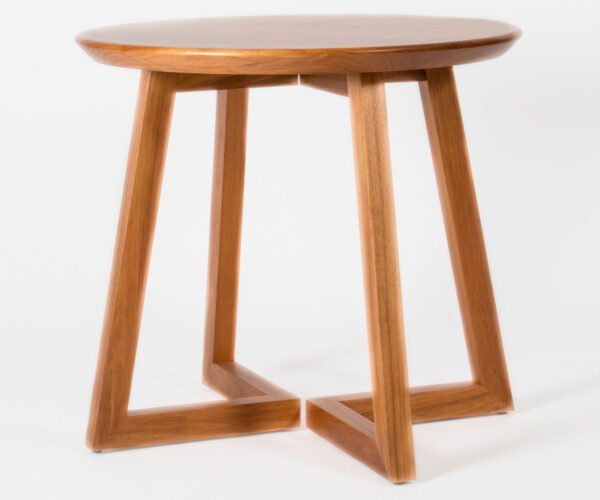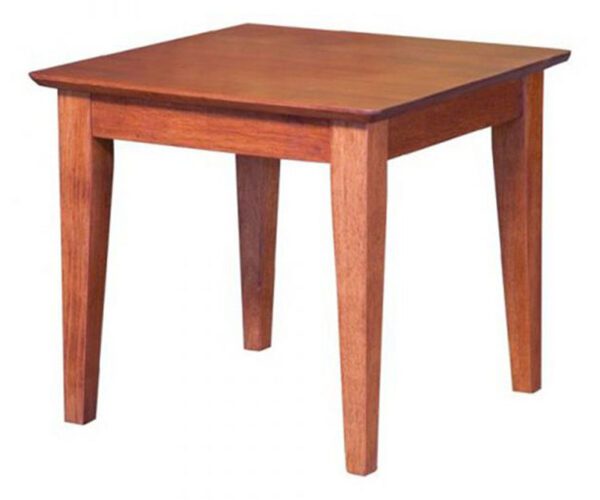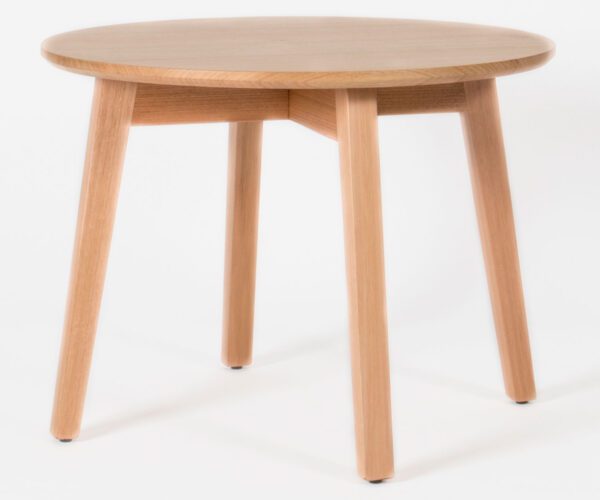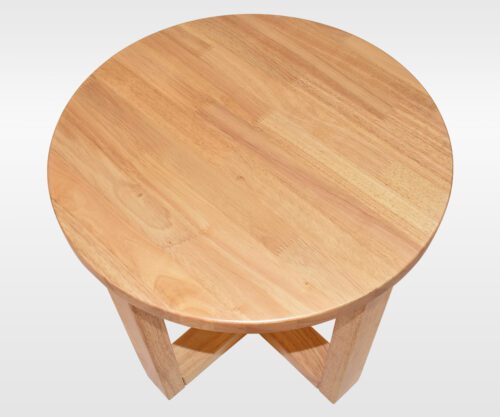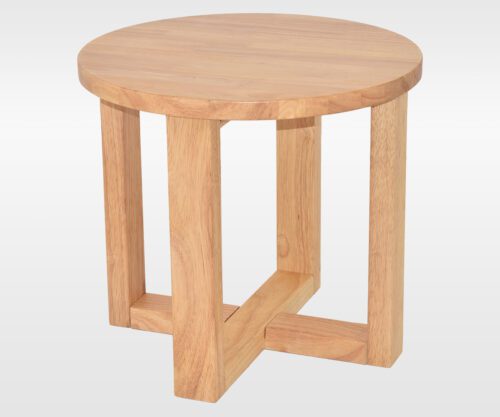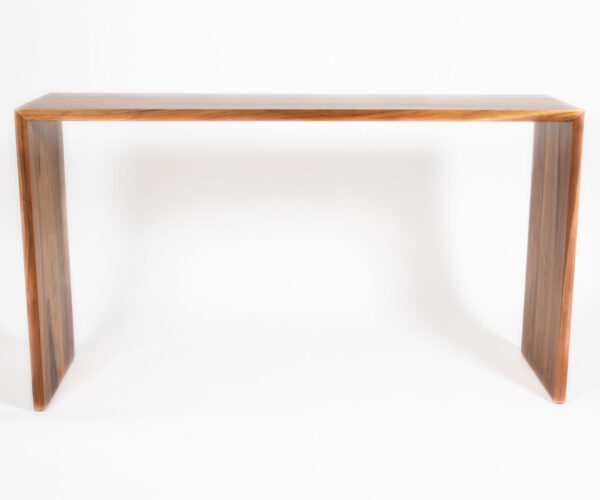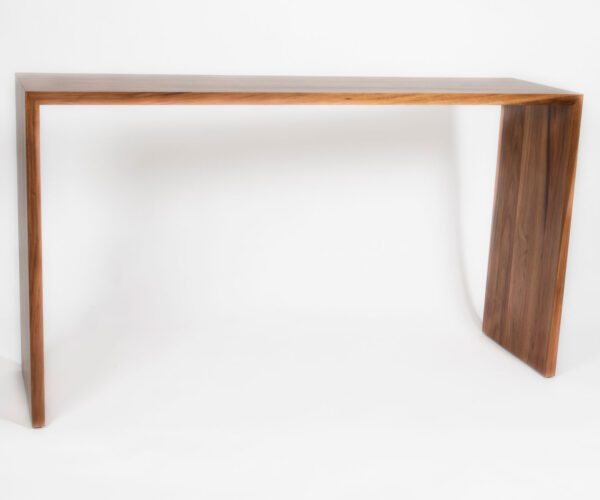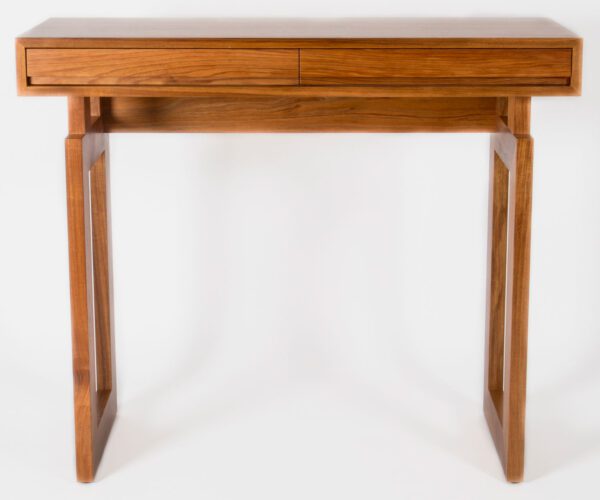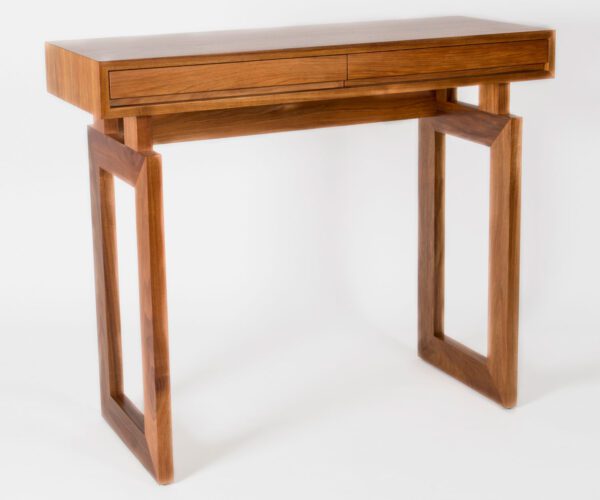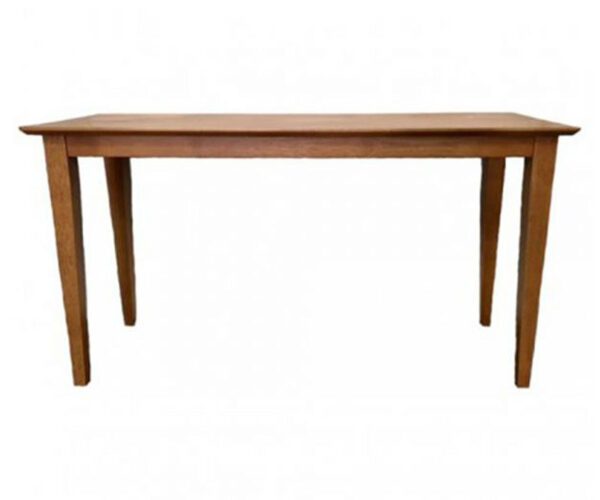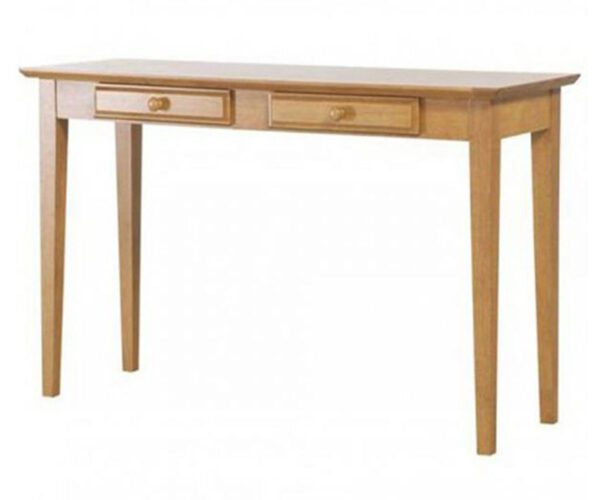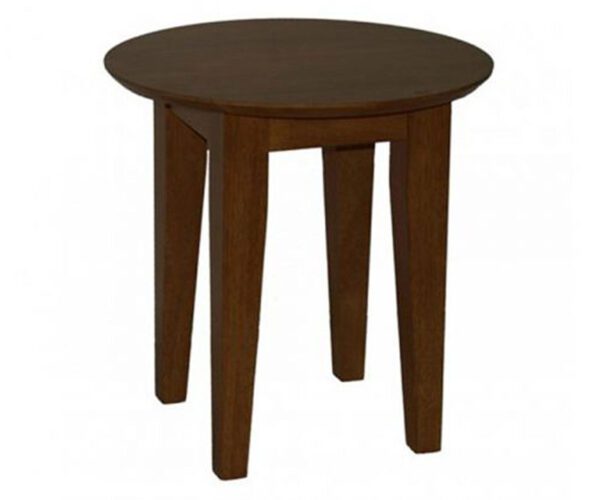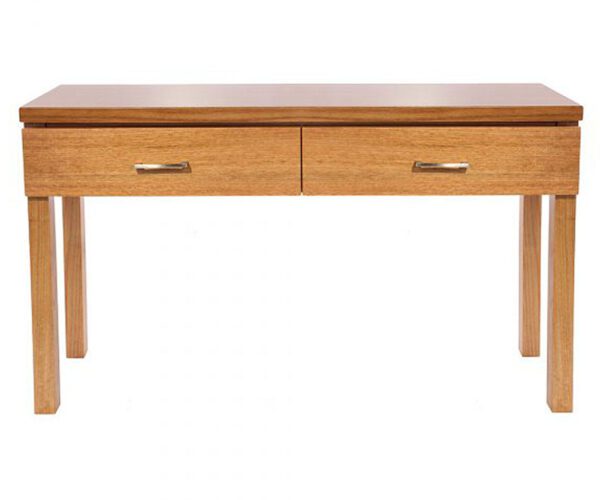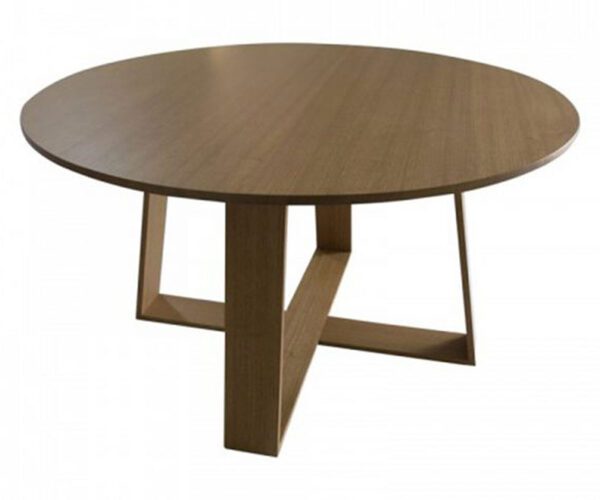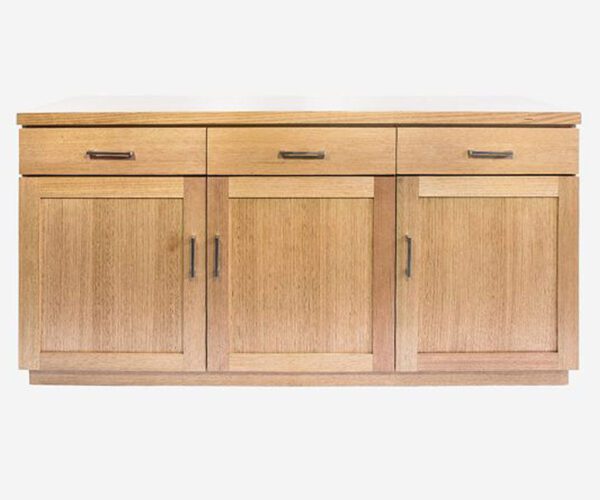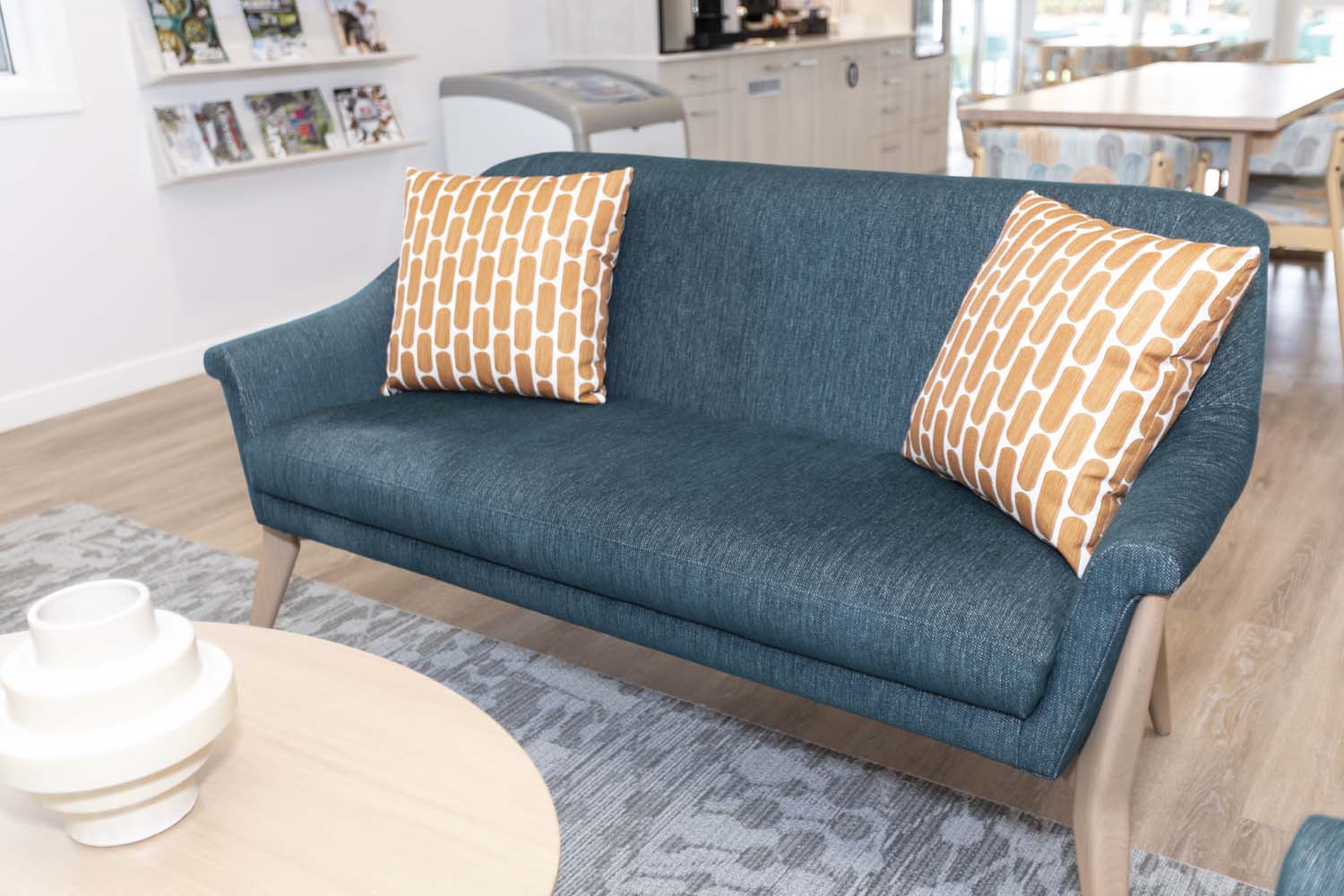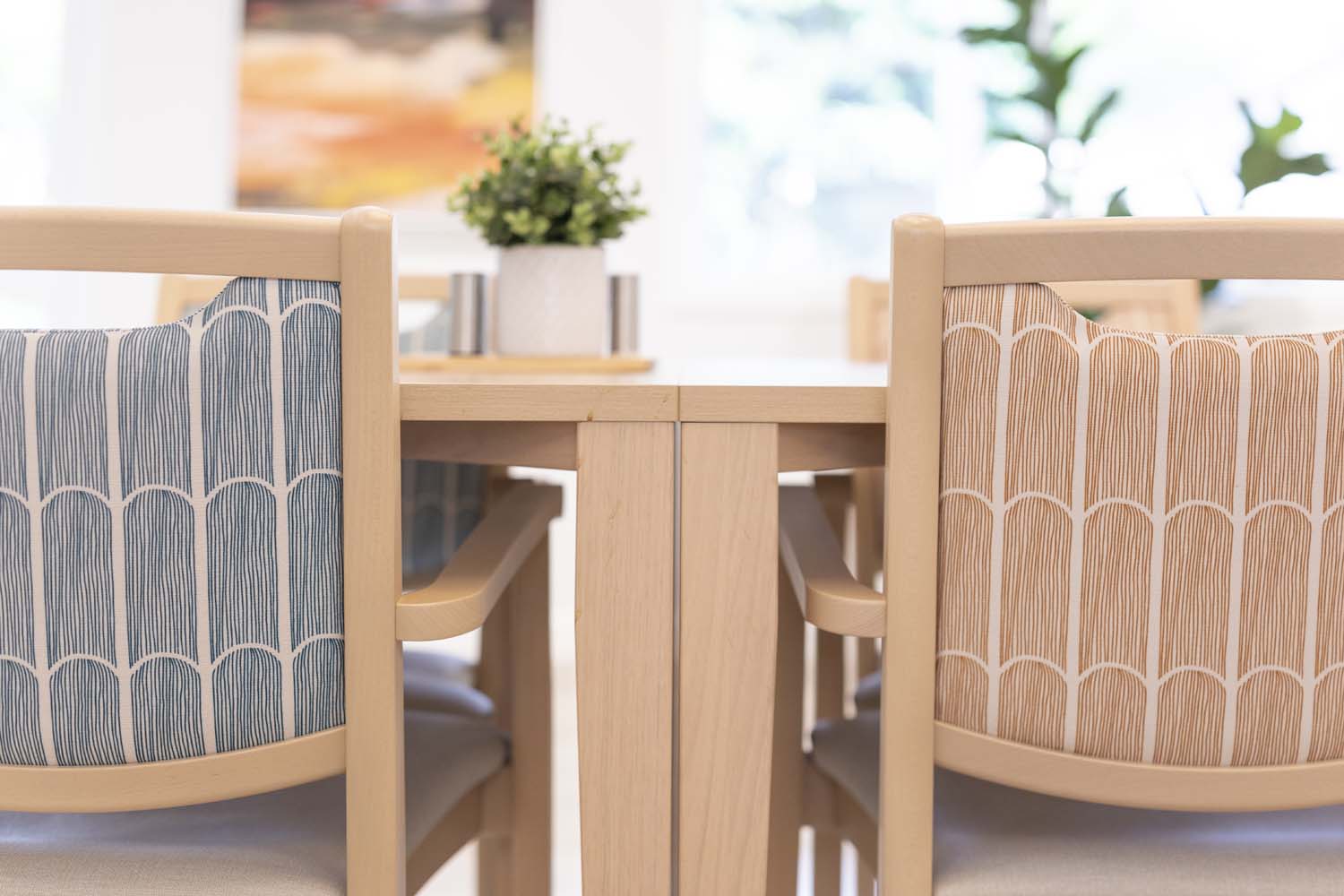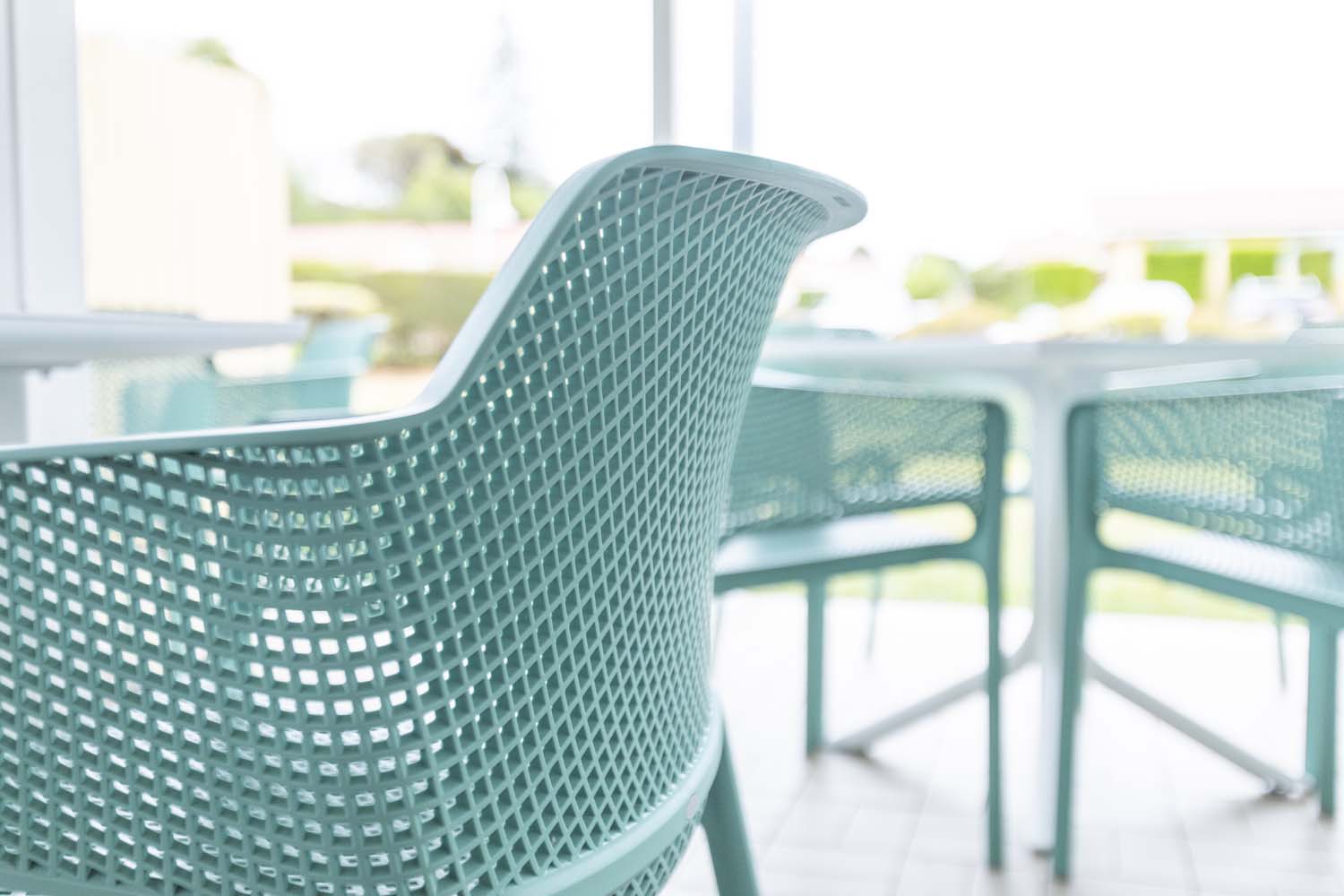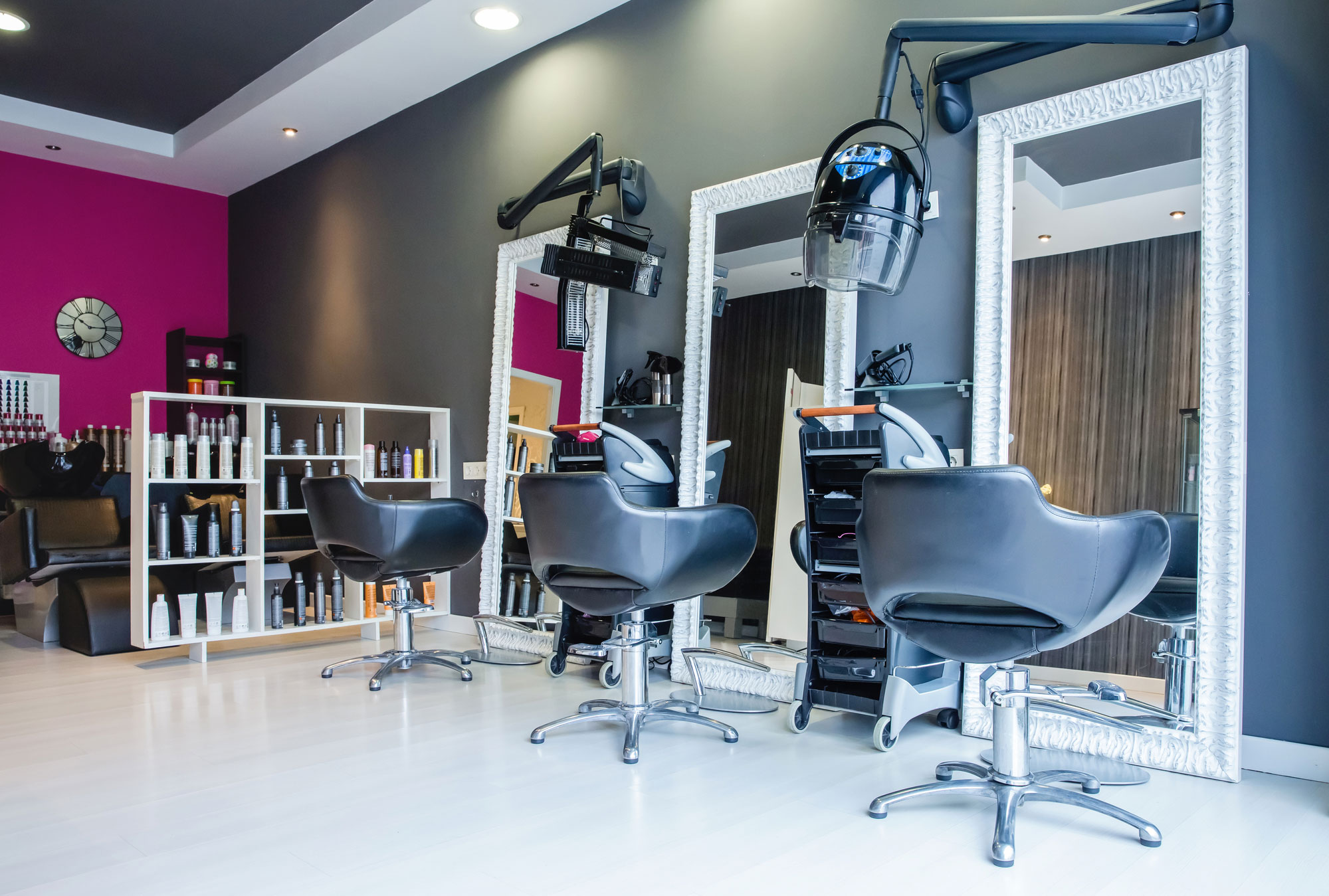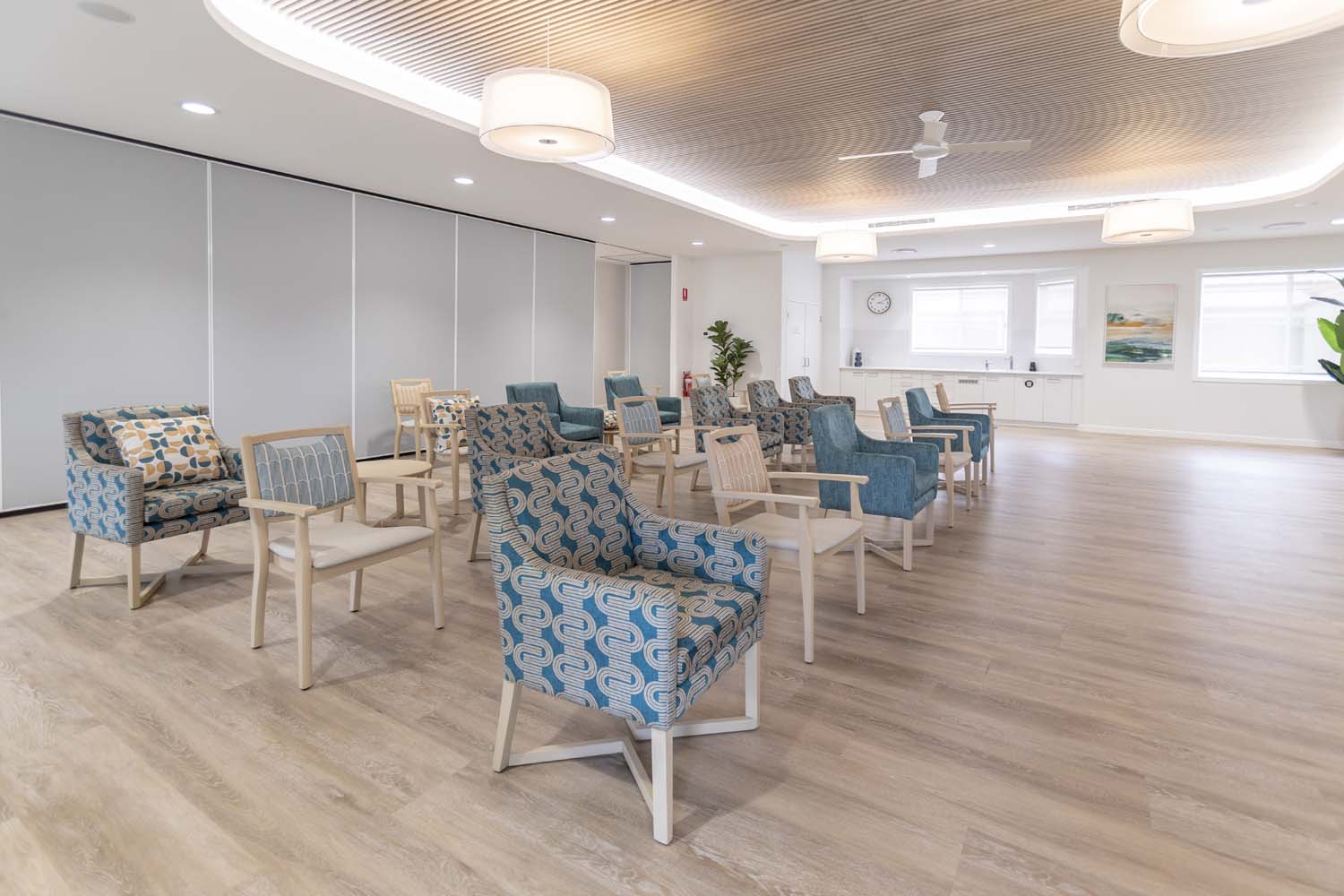7 Reasons Why Limiting Design Options Across Multiple Sites is a Smart Move for Australian Aged Care Providers
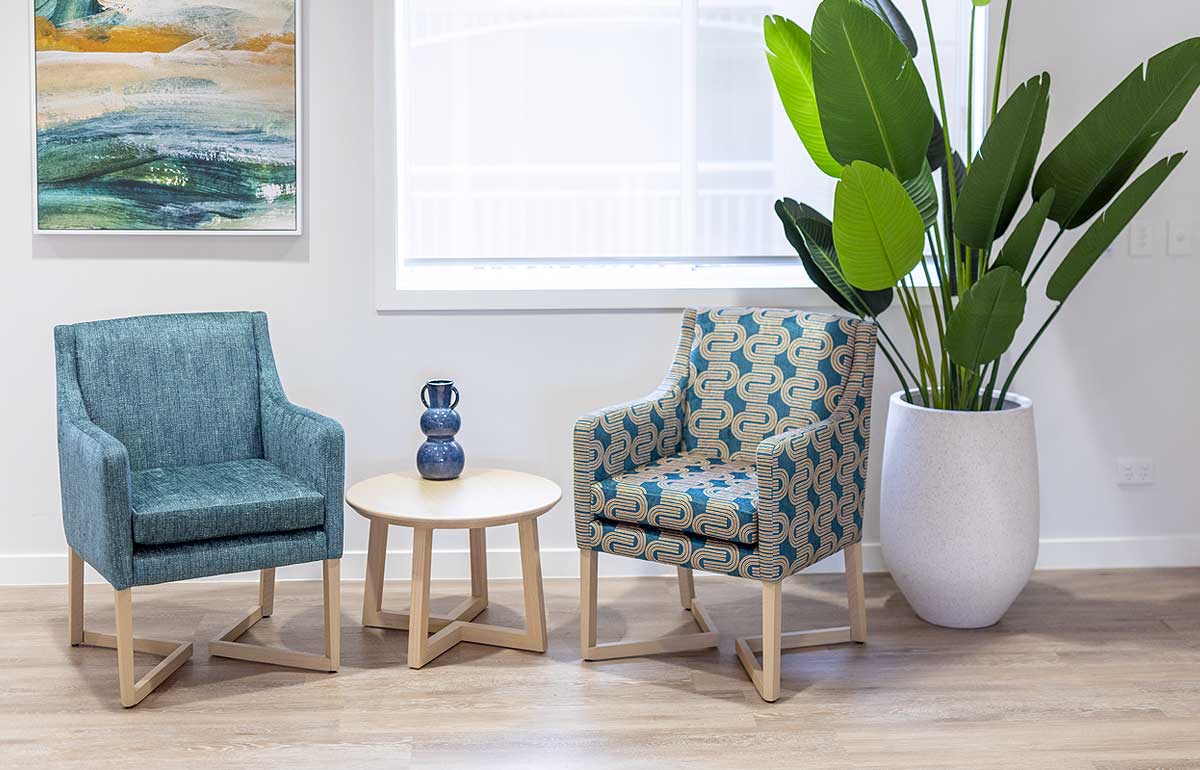
As an Australian aged care provider with multiple sites, ensuring consistency in interior design can be a daunting task. Often, Facility Managers are left to choose their own furniture upholstery fabric patterns, colours, and furniture styles, which can result in significant design inconsistencies across the organisation. While the freedom of choice might seem like a good idea, this approach can create unnecessary challenges in terms of cost, efficiency, and flexibility.
In this article, we’ll explore seven key reasons why limiting design options across your aged care sites is a smart and strategic move. Plus, we’ll provide practical tips to help you get it right.
1. Cost Savings Through Bulk Purchasing
One of the most compelling reasons to standardise your interior design choices is the potential for cost savings. By limiting the selection of fabrics, finishes, and furniture designs, you can purchase in bulk, taking advantage of economies of scale. Suppliers often offer discounts for larger orders, which can significantly reduce your overall spend. Additionally, with a unified design across your facilities, you can consolidate your procurement efforts, streamlining purchasing and reducing the time spent sourcing different items for each site.
Tip: Work with your Australian furniture manufacturer and suppliers to negotiate bulk discounts based on long-term contracts. Ensure they understand your goals for standardisation so they can offer tailored pricing packages that benefit your entire organisation.
2. Consistency in Brand Identity
Aged care is all about creating a welcoming, comfortable environment for residents and their families. When your facilities all feature a cohesive design, it strengthens your brand identity and makes your organisation feel unified and professional. This consistency can also make residents feel more at ease, as they’ll experience the same design regardless of which site they are visiting.
Tip: Choose a neutral, timeless design palette that reflects your brand values and appeals to your residents. Consider incorporating your organisation’s colours and logo into the design to reinforce your identity.
3. Simplified Maintenance and Repairs
When your furniture and interiors are standardised, maintenance and repairs become far easier and more cost-effective. If you have multiple sites with similar designs, you can keep a stock of replacement parts (such as fabric swatches or furniture components), meaning you’re never caught off guard by unexpected repairs. Additionally, having a uniform design means that maintenance staff can quickly identify and address any issues, reducing downtime and the need for training.
Tip: Establish a centralised maintenance schedule that includes routine checks on all sites. Keep a consistent stock of replacement parts to avoid delays in repairs.
4. Streamlined Furniture Transfers Between Sites
Aged care facilities often experience fluctuations in demand, such as when renovations or room reshuffles are necessary. If you have standardised furniture designs across sites, transferring furniture between locations becomes much easier and more efficient. Whether it’s relocating chairs, tables, or entertainment units, you won’t have to worry about mismatched styles that don’t suit the new space.
Tip: Develop a system for tracking the furniture and equipment at each site, making it easy to move pieces where they’re needed most. This can help you make the most of your existing resources without the need for additional purchases.
5. Improved Procurement Process
Managing procurement across multiple sites can be complex, especially when each facility is choosing different furniture designs and fabrics. By limiting design options, you simplify the procurement process, reducing the time spent reviewing numerous suppliers and designs. This streamlined approach ensures faster decision-making and makes it easier to manage orders, reducing administrative workload.
Tip: Create a centralised procurement plan that includes a predefined list of approved designs and suppliers. This will allow facility managers to quickly make decisions without the need for excessive back-and-forth.
6. Enhanced Flexibility for Future Expansion or Renovations
When your aged care facilities share the same design elements, future expansion or renovations are far easier to execute. Whether you’re adding new rooms or opening additional sites, a consistent design makes it simpler to integrate new furniture and fixtures seamlessly. Plus, if you ever need to upgrade or refurbish one site, it’s easier to maintain design cohesion across your portfolio.
Tip: Develop a flexible design system that allows for easy upgrades and changes. Choose furniture and materials that can adapt to future trends without sacrificing consistency.
7. Better Staff Training and Coordination
When your design choices are standardised, your staff can be better trained to manage the space efficiently. Cleaning staff, maintenance teams, and care providers will all become familiar with the design, making their work easier and more efficient. For example, if all your facilities use the same type of easy-to-clean fabric, your cleaning team won’t need to memorise different care instructions for each location.
Tip: Create comprehensive training materials for staff that outline your design choices, including care instructions for furniture and fabrics. This will ensure all staff are on the same page and can provide the best possible service.
Getting it Right: Practical Tips for Standardisation
While there are clear benefits to limiting design options across multiple sites, it’s important to approach this process carefully to ensure it aligns with your organisation’s needs. Here are a few tips to help you get it right:
- Consult with Stakeholders: Involve key stakeholders, including facility managers and staff, in the design standardisation process. This will ensure their needs and preferences are taken into account.
- Focus on Functionality: Prioritise the functionality and durability of your furniture and finishes. The design should not only be aesthetically pleasing but also practical for the residents and staff who will use it every day.
- Test Before Committing: Before rolling out your chosen design scheme across all sites, test it at one location to gauge its effectiveness. This will help you identify any potential issues before investing in a large-scale rollout.
- Create a Design Style Guide: Develop a comprehensive style guide that outlines approved colours, fabrics, furniture designs, and finishes. This guide should be accessible to all facility managers and staff, ensuring that everyone understands the design principles and constraints. This reference tool can streamline decision-making and help maintain consistency across all sites.
- Establish Clear Vendor Relationships: Work with a specific furniture manufacturer who has established relationships with a wide range of suppliers to provide all furniture, fabrics, and materials. By maintaining long-term relationships with this manufacturer, you can ensure quality control, consistency, and better pricing through volume discounts. Additionally, this manufacturer will be more invested in meeting your specific design standards.
- Ensure Flexibility for Local Needs: While standardisation is key, it’s important to allow some flexibility for individual site needs, such as specific accessibility requirements or local cultural considerations. A balance between consistency and flexibility can help meet the diverse needs of residents without sacrificing cohesion.
- Develop a Centralised Inventory System: Implement a centralised inventory management system to track furniture, fabrics, and materials across all sites. This system can help streamline procurement, monitor stock levels, and ensure that all facilities have access to the same range of approved materials. It also allows for easy transfer of furniture between locations.
- Engage a Design Committee: Form a cross-site design committee made up of key stakeholders, including procurement managers, facility managers, and design professionals. This committee can provide valuable input and ensure that design decisions are made collaboratively, with input from all relevant parties. It also helps to create a sense of ownership and alignment across sites.
- Provide Ongoing Training and Support: Once design standards are set, provide ongoing training for facility managers and staff to ensure they’re equipped to implement the changes. Training should cover not just the aesthetics of the design but also the functional benefits of standardisation, such as ease of maintenance and furniture longevity.
- Monitor and Gather Feedback Regularly: Standardisation doesn’t mean “set and forget”. To ensure the chosen designs remain effective, gather regular feedback from staff, residents, and family members. Monitoring the performance of the designs across sites will help you identify any issues or areas for improvement.
Smart, Strategic Choices
Limiting design options across multiple sites is not about restricting creativity—it’s about making smart, strategic choices that benefit your organisation as a whole. By standardising furniture designs, fabrics, and finishes, you can reduce costs, streamline operations, and create a more cohesive experience for both residents and staff. With careful planning and consideration, this approach can help your aged care facilities run more efficiently and provide a consistent, high-quality experience for all involved.
Take the time to assess your design options and make changes where necessary—you’ll find that the rewards of a standardised approach far outweigh the challenges.
More News
7 Reasons Why Limiting Design Options Across Multiple Sites is a Smart Move for Australian Aged Care Providers

As an Australian aged care provider with multiple sites, ensuring consistency in interior design can be a daunting task. Often, Facility Managers are left to choose their own furniture upholstery fabric patterns, colours, and furniture styles, which can result in significant design inconsistencies across the organisation. While the freedom of choice might seem like a good idea, this approach can create unnecessary challenges in terms of cost, efficiency, and flexibility.
In this article, we’ll explore seven key reasons why limiting design options across your aged care sites is a smart and strategic move. Plus, we’ll provide practical tips to help you get it right.
1. Cost Savings Through Bulk Purchasing
One of the most compelling reasons to standardise your interior design choices is the potential for cost savings. By limiting the selection of fabrics, finishes, and furniture designs, you can purchase in bulk, taking advantage of economies of scale. Suppliers often offer discounts for larger orders, which can significantly reduce your overall spend. Additionally, with a unified design across your facilities, you can consolidate your procurement efforts, streamlining purchasing and reducing the time spent sourcing different items for each site.
Tip: Work with your Australian furniture manufacturer and suppliers to negotiate bulk discounts based on long-term contracts. Ensure they understand your goals for standardisation so they can offer tailored pricing packages that benefit your entire organisation.
2. Consistency in Brand Identity
Aged care is all about creating a welcoming, comfortable environment for residents and their families. When your facilities all feature a cohesive design, it strengthens your brand identity and makes your organisation feel unified and professional. This consistency can also make residents feel more at ease, as they’ll experience the same design regardless of which site they are visiting.
Tip: Choose a neutral, timeless design palette that reflects your brand values and appeals to your residents. Consider incorporating your organisation’s colours and logo into the design to reinforce your identity.
3. Simplified Maintenance and Repairs
When your furniture and interiors are standardised, maintenance and repairs become far easier and more cost-effective. If you have multiple sites with similar designs, you can keep a stock of replacement parts (such as fabric swatches or furniture components), meaning you’re never caught off guard by unexpected repairs. Additionally, having a uniform design means that maintenance staff can quickly identify and address any issues, reducing downtime and the need for training.
Tip: Establish a centralised maintenance schedule that includes routine checks on all sites. Keep a consistent stock of replacement parts to avoid delays in repairs.
4. Streamlined Furniture Transfers Between Sites
Aged care facilities often experience fluctuations in demand, such as when renovations or room reshuffles are necessary. If you have standardised furniture designs across sites, transferring furniture between locations becomes much easier and more efficient. Whether it’s relocating chairs, tables, or entertainment units, you won’t have to worry about mismatched styles that don’t suit the new space.
Tip: Develop a system for tracking the furniture and equipment at each site, making it easy to move pieces where they’re needed most. This can help you make the most of your existing resources without the need for additional purchases.
5. Improved Procurement Process
Managing procurement across multiple sites can be complex, especially when each facility is choosing different furniture designs and fabrics. By limiting design options, you simplify the procurement process, reducing the time spent reviewing numerous suppliers and designs. This streamlined approach ensures faster decision-making and makes it easier to manage orders, reducing administrative workload.
Tip: Create a centralised procurement plan that includes a predefined list of approved designs and suppliers. This will allow facility managers to quickly make decisions without the need for excessive back-and-forth.
6. Enhanced Flexibility for Future Expansion or Renovations
When your aged care facilities share the same design elements, future expansion or renovations are far easier to execute. Whether you’re adding new rooms or opening additional sites, a consistent design makes it simpler to integrate new furniture and fixtures seamlessly. Plus, if you ever need to upgrade or refurbish one site, it’s easier to maintain design cohesion across your portfolio.
Tip: Develop a flexible design system that allows for easy upgrades and changes. Choose furniture and materials that can adapt to future trends without sacrificing consistency.
7. Better Staff Training and Coordination
When your design choices are standardised, your staff can be better trained to manage the space efficiently. Cleaning staff, maintenance teams, and care providers will all become familiar with the design, making their work easier and more efficient. For example, if all your facilities use the same type of easy-to-clean fabric, your cleaning team won’t need to memorise different care instructions for each location.
Tip: Create comprehensive training materials for staff that outline your design choices, including care instructions for furniture and fabrics. This will ensure all staff are on the same page and can provide the best possible service.
Getting it Right: Practical Tips for Standardisation
While there are clear benefits to limiting design options across multiple sites, it’s important to approach this process carefully to ensure it aligns with your organisation’s needs. Here are a few tips to help you get it right:
- Consult with Stakeholders: Involve key stakeholders, including facility managers and staff, in the design standardisation process. This will ensure their needs and preferences are taken into account.
- Focus on Functionality: Prioritise the functionality and durability of your furniture and finishes. The design should not only be aesthetically pleasing but also practical for the residents and staff who will use it every day.
- Test Before Committing: Before rolling out your chosen design scheme across all sites, test it at one location to gauge its effectiveness. This will help you identify any potential issues before investing in a large-scale rollout.
- Create a Design Style Guide: Develop a comprehensive style guide that outlines approved colours, fabrics, furniture designs, and finishes. This guide should be accessible to all facility managers and staff, ensuring that everyone understands the design principles and constraints. This reference tool can streamline decision-making and help maintain consistency across all sites.
- Establish Clear Vendor Relationships: Work with a specific furniture manufacturer who has established relationships with a wide range of suppliers to provide all furniture, fabrics, and materials. By maintaining long-term relationships with this manufacturer, you can ensure quality control, consistency, and better pricing through volume discounts. Additionally, this manufacturer will be more invested in meeting your specific design standards.
- Ensure Flexibility for Local Needs: While standardisation is key, it’s important to allow some flexibility for individual site needs, such as specific accessibility requirements or local cultural considerations. A balance between consistency and flexibility can help meet the diverse needs of residents without sacrificing cohesion.
- Develop a Centralised Inventory System: Implement a centralised inventory management system to track furniture, fabrics, and materials across all sites. This system can help streamline procurement, monitor stock levels, and ensure that all facilities have access to the same range of approved materials. It also allows for easy transfer of furniture between locations.
- Engage a Design Committee: Form a cross-site design committee made up of key stakeholders, including procurement managers, facility managers, and design professionals. This committee can provide valuable input and ensure that design decisions are made collaboratively, with input from all relevant parties. It also helps to create a sense of ownership and alignment across sites.
- Provide Ongoing Training and Support: Once design standards are set, provide ongoing training for facility managers and staff to ensure they’re equipped to implement the changes. Training should cover not just the aesthetics of the design but also the functional benefits of standardisation, such as ease of maintenance and furniture longevity.
- Monitor and Gather Feedback Regularly: Standardisation doesn’t mean “set and forget”. To ensure the chosen designs remain effective, gather regular feedback from staff, residents, and family members. Monitoring the performance of the designs across sites will help you identify any issues or areas for improvement.
Smart, Strategic Choices
Limiting design options across multiple sites is not about restricting creativity—it’s about making smart, strategic choices that benefit your organisation as a whole. By standardising furniture designs, fabrics, and finishes, you can reduce costs, streamline operations, and create a more cohesive experience for both residents and staff. With careful planning and consideration, this approach can help your aged care facilities run more efficiently and provide a consistent, high-quality experience for all involved.
Take the time to assess your design options and make changes where necessary—you’ll find that the rewards of a standardised approach far outweigh the challenges.
Commercial furniture by room
Based in Brisbane, we’re an Australian manufacturer of aged care furniture, retirement living furniture, hospital & healthcare furniture, hotel & accommodation furniture and student accommodation furniture. We also supply a range of commercial office furniture.
Discover the FHG Look Book: Your Source of Inspiration for Quality Australian-Made Commercial Furniture
- Quality Craftsmanship: See why we’ve been a trusted partner for over 25 years.
- Local Excellence: Learn how our Brisbane team ensures the highest standards.
- Inspiration and Ideas: Find innovative furniture solutions for any environment.
Don’t miss the opportunity to transform your commercial space with FHG’s expertly crafted furniture. Download the FHG Look Book today and start your journey towards exceptional design and quality.

